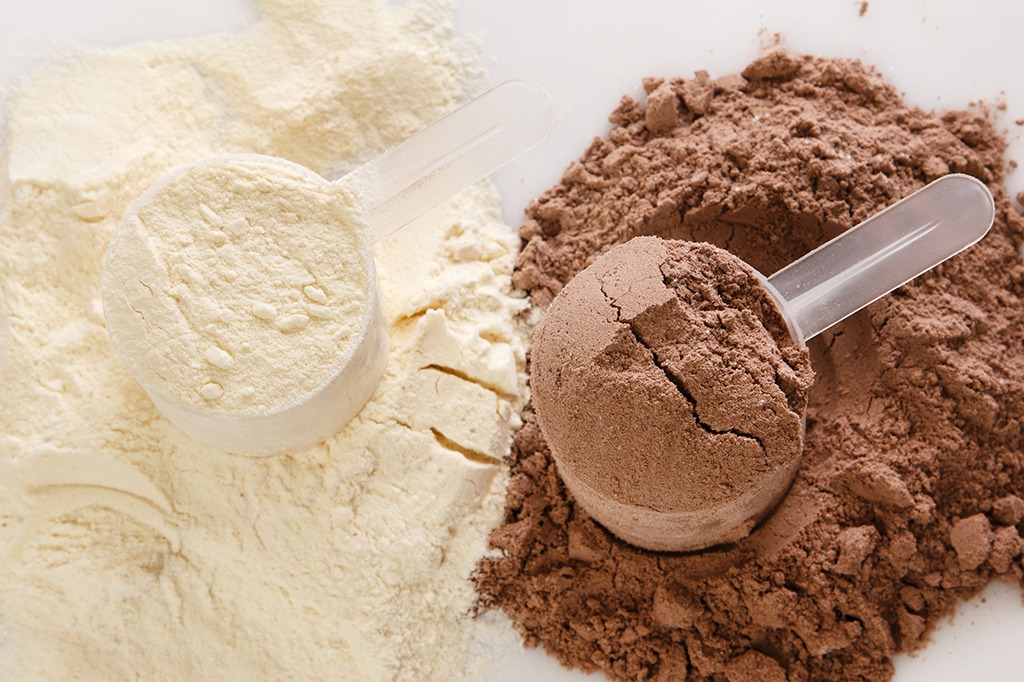Working out and using protein powders go hand in hand. After all, protein supplements can help you build muscle, lose fat, and contribute to overall athletic performance.
As with everything else in life, you get what you pay for. If you think all protein powders are created equal—and that there’s no difference between a budget brand and a more expensive one—think again.
There’s an insidious practice in the supplement industry known as “nitrogen spiking” and you may have already fallen for it.
Commonly used to cut costs, nitrogen spiking (also known as amino spiking) is when cheap fillers such as low-quality amino acids are added to the protein powder to artificially inflate the total protein value listed on the label.
You see, companies measure the amount of protein in their products by testing their nitrogen content. Ideally, the amount of nitrogen reflects the amount of protein. However, since protein is made up of amino acids, and amino acids contain nitrogen, these tests can’t tell the difference between complete proteins and amino acids. This means, a company can put in 12 grams of “real” protein, add another 12 grams of amino acids, and say their powder contains 24 grams of protein. That’s misleading.
The worst part of it is these amino acids are produced in China through the chemical synthesis of keratin. And guess where keratin comes from? Throwaway material like hair, feathers, fingernails, and fur. How do you think they’re able to sell it so cheap?
Now you might say, “If amino acids are the building blocks of protein, then isn’t that a good thing?” Not really. These additional amino acids are not added to “boost” a product’s efficiency, but are simply added for their nitrogen content. In short, they do nothing for your muscles.
Of course they’re not completely useless, but when it is added in lieu of the “complete” protein you are supposed to be getting, you are being conned out of what you’re paying for. The FDA’s official stance is clear: “No. You may not declare protein on your products that contain only amino acids.”
So how do you know if the protein powder you’re using is cheating you? While the only way to be 100% sure is to have it examined in a lab, look at what it says on the label. If it lists down individual amino acids like glutamine, creatine, glycine, taurine, valine, and isoleucine, it could be a sign of protein spiking. Also, watch out for “proprietary protein blends” and anything else where “whey protein” is not the first ingredient on the list.
What you should be looking for in the ingredient list are “complete protein” sources such as egg protein, whey, and casein. Complete proteins are made up of the nine amino acids the body can’t make: histidine, isoleucine, leucine, lysine, methionine, phenylalanine, threonine, tryptophan, and valine. These are the amino acids that build muscle.
Obviously, not all supplement companies spike their products. Our purpose here is to equip you with information that will help you make smarter supplement purchase decisions.
Don’t skimp on what you put in your body. High quality proteins can cost as much as 18 dollars a pound to manufacture. So if you see something that’s unusually cheap, you’re not looking at a bargain. You’re looking at a rip-off.
